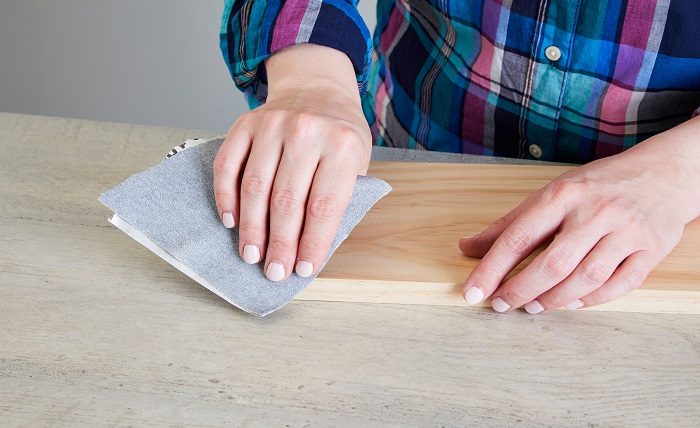Sandpaper is essential in various industries, including woodworking, metalworking, automotive, and electronics. As a versatile and indispensable material, it’s crucial to understand the science behind sandpaper and how to select the best type for your specific project. This article aims to provide an overview of sandpaper materials, the role of grit in sandpaper performance, and tips for choosing the best sandpaper for your needs.
Understanding Sandpaper Composition
Abrasive Material
Its abrasive material is at the heart of sandpaper, which determines its cutting ability and overall performance. There are four primary types of abrasive materials used in sandpaper:
- Aluminium Oxide: The most common abrasive material, aluminium oxide, is a synthetic material known for its durability, sharpness, and versatility. It’s suitable for various applications, including wood, metal, plastic, and fibreglass.
- Silicon Carbide: Another synthetic abrasive, silicon carbide is characterized by its hardness and ability to create a smooth finish. It’s ideal for working with glass, plastic, and non-ferrous metals.
- Garnet: A natural abrasive, garnet is softer than synthetic materials, making it ideal for woodworking projects with a fine finish.
- Ceramic: Ceramic abrasives are extremely hard and durable, often used in industrial applications like metalworking and automotive refinishing.
- Backing Material
The backing material supports the abrasive particles, providing strength and flexibility. Common backing materials include:
- Paper: Available in various weights, paper backing is ideal for general-purpose sanding projects and offers flexibility for contoured surfaces.
- Cloth: Cloth backing provides added durability and tear resistance, making it suitable for heavy-duty applications or power sanding.
- Film: With a thin, tear-resistant plastic layer, film backing offers a consistent finish and is ideal for precision work.
The Role of Grit in Sandpaper Performance
Grit Size
Grit size refers to the size of abrasive particles embedded in the sandpaper, determining its coarseness and the aggressiveness of the material removal. Grit sizes are categorized using a standardized system:
- Coarse (40-60 grit): Used for heavy material removal, levelling surfaces, or stripping paint.
- Medium (80-120 grit): Ideal for smoothing surfaces, removing minor imperfections, and preparing wood for finishing.
- Fine (150-180 grit): Used for final sanding before applying a finish, creating a smooth surface.
- Extra Fine (220-400 grit): Best for polishing and refining surfaces, particularly between finish coats.
- Grit Sequence
For optimal results, it’s important to follow a proper grit sequence, starting with a coarser grit to remove material quickly and progressing to finer grits to refine the surface. Skipping grits can result in an uneven finish and require more effort to correct.
Tips for Choosing the Best Sandpaper for Your Project
Assess Your Project Needs
Before selecting sandpaper, it’s crucial to understand the specific requirements of your project, such as the desired finish, material type, and whether you’re working by hand or using power tools.
Match Abrasive Material to Your Project
Choose the appropriate abrasive material based on your project’s needs. For example, aluminium oxide is versatile and suitable for various applications, while silicon carbide is better suited for non-ferrous metals and glass.
Consider Backing Material
Select a backing material that offers the necessary strength and flexibility for your project. Paper backing suits most general-purpose sanding tasks, while cloth or film backing may be necessary for more demanding applications or precision work.
Proper Sanding Techniques for Optimal Results
Use Even Pressure
When sanding, apply consistent, even pressure to avoid creating uneven surfaces or gouges in the material.
Sand with the Grain
For woodworking projects, always sand in the direction of the wood grain to prevent scratches and maintain a smooth finish.
Keep the Sandpaper Clean
As you sand, abrasive particles can become clogged with dust and debris. Regularly clean your sandpaper to maintain its cutting efficiency and prolong its lifespan.
Replace Worn Sandpaper
Using worn sandpaper can lead to poor results and increased effort. Replace sandpaper when it’s no longer effective in removing material or creating a smooth surface.
Conclusion
Understanding the science behind sandpaper materials and grit can greatly enhance your project outcomes. Additionally, following proper sanding techniques can further optimize your results and prolong the life of your sandpaper. With the knowledge of the above-mentioned factors, you’ll be better equipped to select the best sandpaper for your specific needs and achieve outstanding project results.

